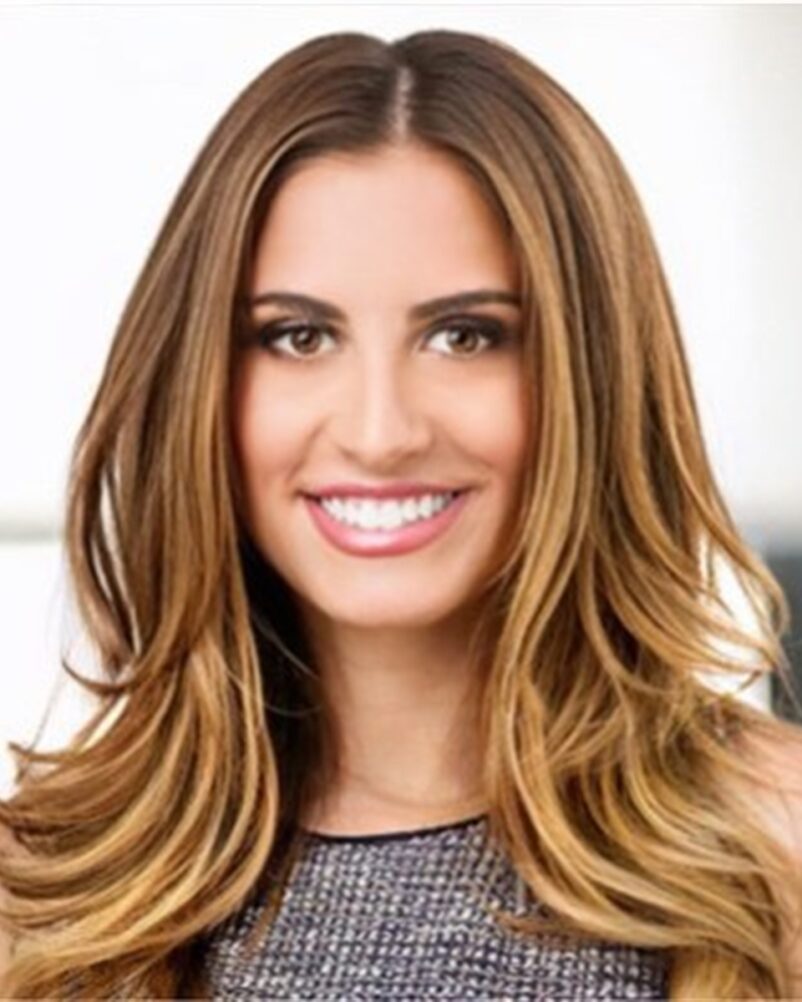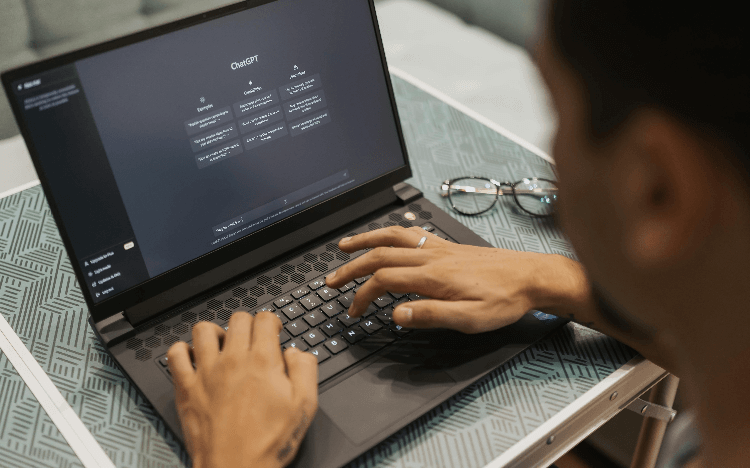
How we look affects how others perceive us, and especially so when it comes to our online presence. It’s important to have a headshot that reflects your professional brand.

Your headshot is often the first impression you make on potential employers, clients or business partners. Your professional headshot is an essential part of your personal branding. When people see your headshot consistently, they are more likely to remember you and associate your face with your professional achievements or expertise.
People want to do business with people they know, like and trust, and a high-quality headshot with a friendly and approachable demeanor can help create a sense of trust and connection.
But it’s not always easy or affordable to obtain a high-quality professional headshot.
That’s where AI-generated headshots come into the equation.
AI headshots are an inexpensive and convenient technology for many individuals – just upload photos of yourself, pay a small fee, and you have headshots in a few hours without ever leaving your home.
AI headshots use artificial intelligence to create a realistic composite of someone from other photos of that person. They are helpful for people who want a headshot without hiring a photographer but still want professional-looking pictures. In a world where we are using our likeness so often on social media and other online platforms, it’s important to have more than one headshot, and AI technology like this enables you to easily do that.
AI allows for headshot creation without the need for a physical photoshoot. Users can upload their own photographs and apply AI techniques to enhance and customize their headshots from their own devices. This convenience can be particularly beneficial for remote workers or individuals in geographically dispersed locations.
I used artificial intelligence technology to generate these professional headshot photos.
I paid $29 for 120 headshots from HeadshotPro, uploaded 15 images of myself and within a couple of hours I received curated headshots in three different settings and styles.
The process to create your HeadshotPro headshots is simple.
- Select a style – Choose the style of headshot that best represents you. Whether you prefer a traditional, formal look or something more creative and modern, there are a lot of options from which to choose. You can select the color of your shirt, add a jacket or not, and choose whether you want to be in an outdoor or indoor setting. The standard package includes three settings and outfit options.
- Upload your photos – HeadshotPro recommends that you upload 12 close-ups and eight upper body shots. Variety is key: facial expressions, locations, backgrounds and perspectives should all be different. High-quality photos work best; minimal makeup is advised as it may be exaggerated in the photos. In addition to uploading selfies, you can also upload photos of yourself that are close up – like your regular professional headshot. HeadshotPro recommends taking selfies against a plain background, with good lighting and a natural smile.
- Wait – It takes about two hours for HeadshotPro to generate your images. The AI will use advanced algorithms to optimize each photo for lighting, focus and color. While it won’t send you a notification when the photos are ready, you can refresh your browser every now and then to see if the results are there.
- Download your images – Browse through the generated headshots and select your favorites. You can then easily download the selected headshots in high resolution and use them on your website, LinkedIn profiles, business cards and other marketing materials.

Me – very skinny and tall!
Some things to note – Who owns the images? HeadshotPro says you do – you have full commercial license and ownership over your photos. They say they don’t use them for any other purpose than training their AI model, which they delete after seven days.
Brad Frazer, IP lawyer from Hawley Troxell, with whom I spoke about AI images told me that the individual in the photos does not own the IP rights to those headshots.
This means someone could misappropriate and use the headshots with impunity, at least under copyright law.
He said, “If your company chooses to use AI to create its headshots, know that your company may not own the copyright in those resulting works and thus may not be able to control third-party usage of those images. If controlling third-party usage of the headshots is important, it would be best to use an actual human photographer who has assigned the copyrights to your company in a signed contract.”
HeadshotPro can be used by individuals and teams. This is particularly valuable for companies or organizations wanting a standardized style for their employee headshots.
The technology is not perfect – some images I received from HeadshotPro were better than others. Some looked more like me and others, did not. Although you can pick your setting and your outfit, some of the outputs of these combinations were strange.
One AI headshot made me look like I was a new character on Law and Order (Detective Marrone), and another oddly made my head the size of a pea and my body the size of a football linebacker. The upside is that I looked thin and young in all of the HeadshotPro images, and I will not complain about that!
But that being said, AI is a major disrupter and innovator, and you need to be aware of how it can help you be more effective and efficient. This is one way where it can be useful.
AI-based headshot creation can be more cost-effective, especially for individuals or organizations with limited budgets. It eliminates the need for hiring professional photographers for every headshot session, making it more accessible to a broader range of individuals or businesses.
While AI can provide efficiency and convenience, there are limitations. AI may not always capture the artistic vision or nuanced details that a skilled professional photographer can achieve. Nothing will ever take the place of a skilled professional photographer, but these are pretty cool to use in your branding and social media efforts too.
What do you think of AI headshots?
Stefanie Marrone advises law firms of all sizes, professional service firms, B2B companies, recruiters and individuals on the full range of marketing and business development consulting services designed to enhance revenue, retain current clients and achieve greater brand recognition. She also serves as outsourced chief marketing officer/marketing department for small and mid-size law firms.
Over her 20+-year legal marketing career, she has worked at and with a broad range of big law, mid-size and small firms, which has given her a valuable perspective of the legal industry. Connect on LinkedIn, Twitter, YouTube, Instagram, sign up for her email list and follow her latest writing on JD Supra.



